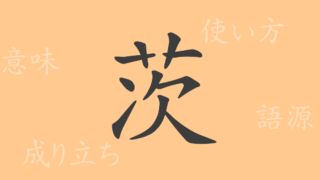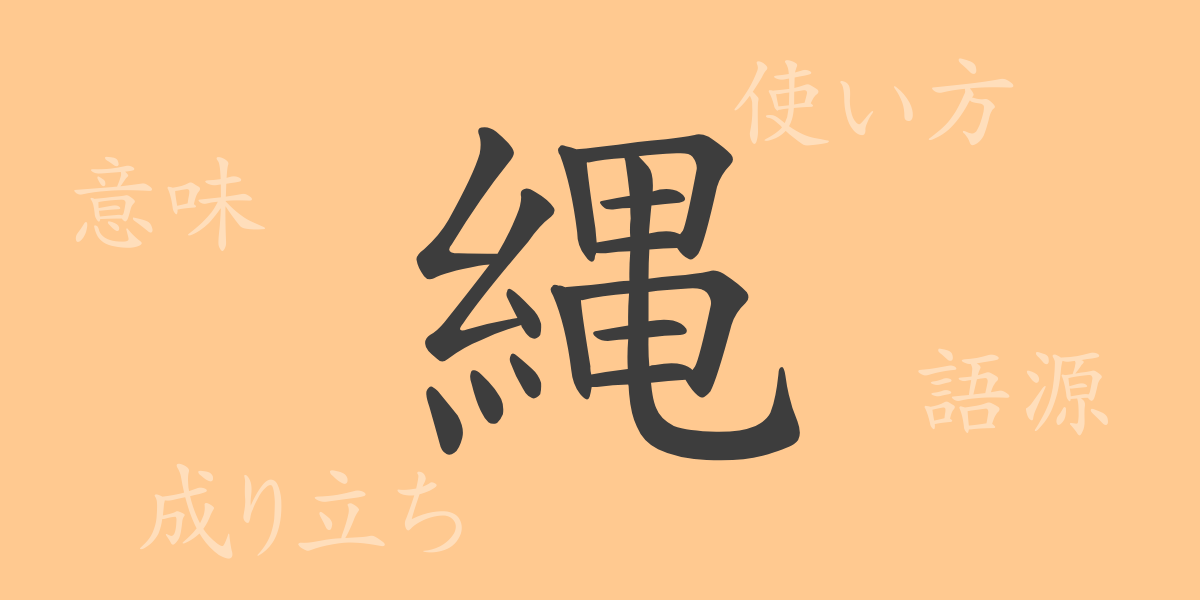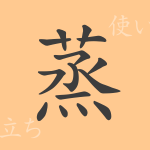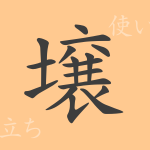The Japanese character ‘縄’ (じょう), deeply rooted in Japanese culture and language, has been closely associated with people’s lives since ancient times. This article explores the history, meanings, and usage of ‘縄’, as well as phrases and proverbs related to it, revealing the profound significance embedded in each kanji and inviting us on a journey to rediscover the beauty and depth of the Japanese language.
Origins of 縄 (じょう)
The kanji ‘縄’ originated from ancient Chinese pictographs that depicted a rope made by twisting threads together. In ancient China, ropes were essential tools for hunting and agriculture, and the character was formed to represent this shape and function. In Japan, ropes have been used in sacred rituals and daily life, making ‘縄’ a character rich in cultural significance.
Meaning and Usage of 縄
Literally read as ‘なわ’ (nawa), ‘縄’ directly refers to ropes or cords. Beyond its literal meaning, it is used metaphorically and in various contexts. For example, ‘縄文時代’ (Jōmon period) refers to an era characterized by pottery marked with rope patterns, and ‘縄張り’ (territory) denotes an area claimed by a person or an animal. The phrase ‘縄につなぐ’ (tie with a rope) symbolically represents restrictions or restraints.
Readings, Stroke Count, and Radical of 縄
‘縄’ is widely used as a common kanji in Japan.
- Readings: On’yomi (おんよみ) ‘ジョウ’, Kun’yomi (くんよみ) ‘なわ’
- Stroke Count: 15 strokes
- Radical: ‘糸部’ (いとへん), related to threads
Phrases and Proverbs Using 縄 and Their Meanings
There are numerous idioms, phrases, and proverbs in Japanese that use ‘縄’. For instance, ‘縄のれん’ (nawa noren) signifies easy access, while ‘縄を解く’ (nawa wo toku) means to be freed from bindings. ‘縄を掛ける’ (nawa wo kakeru) refers to imposing restrictions, and ‘縄を張る’ (nawa wo haru) means to demarcate an area. These expressions deeply reflect the Japanese way of life and thinking.
Conclusion on 縄
The kanji ‘縄’ has established itself in the Japanese language through its shape and functionality, symbolizing more than just a rope in everyday life. It has become iconic in culture and language, used in many idioms, phrases, and proverbs. Understanding the history and meanings of a single kanji like ‘縄’ is crucial for appreciating how language shapes and reflects culture.

























